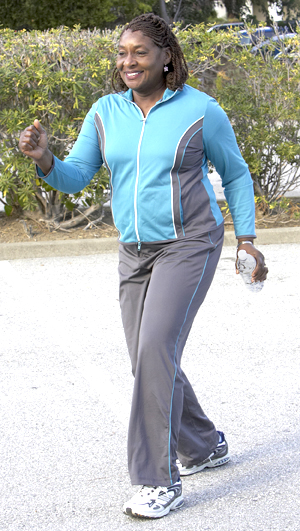A
B
C
D
E
F
G
H
I
J
K
L
M
N
O
P
Q
R
S
T
U
V
W
X
Y
Z
Back to Intro
Click a letter to see a list of medical procedures beginning with that letter.
Click 'Back to Intro' to return to the beginning of this section.
Treating Constipation
Constipation is a common and often uncomfortable problem. Constipation means you have bowel movements fewer than 3 times per week. Or that you strain to pass hard, dry stool. It can last a short time. Or it can be a problem that never seems to go away. The good news is that it can often be treated and controlled.
Eat more fiber
One of the best ways to help treat constipation is to increase your fiber intake. You can do this either through diet or by using fiber supplements. Fiber (in whole grains, fruits, and vegetables) adds bulk and absorbs water to soften the stool. This helps the stool pass through the colon more easily. When you increase your fiber intake, do it slowly to prevent side effects such as bloating. Also increase the amount of water that you drink. Eating more of these foods can add fiber to your diet:
-
High-fiber cereals
-
Whole grains, bran, and brown rice
-
Vegetables such as carrots, broccoli, and greens
-
Fresh fruits (especially apples, pears, and dried fruits such as raisins and apricots)
-
Nuts and legumes (especially beans such as lentils, kidney beans, and lima beans)
Get physically active
Exercise helps improve the working of your colon which helps ease constipation. Try to get some physical activity every day. If you haven’t been active for a while, talk with your healthcare provider before starting again.

Consider other choices
-
Laxatives. Your healthcare provider may suggest an over-the-counter product to help ease your constipation. They may suggest using bulk-forming products or laxatives. Laxatives are common and safe if used as directed. Follow directions carefully when using them. See your provider for new constipation or long-term constipation. This is to rule out other causes such as certain medicines or other health conditions. See your provider if you have rectal bleeding.
-
Pelvic floor training. Biofeedback and pelvic physical therapy (PT) may be helpful. They can help if you have pelvic floor problems that may be lead to constipation. For biofeedback, the healthcare provider puts sensors in and outside your anus. This helps you learn how to find and relax the muscles during a bowel movement so you don't get constipated. With PT, you'll learn exercises to help have normal bowel movements and prevent constipation. You may be taught different positions to use to keep from straining during a bowel movement.
Online Medical Reviewer:
Jen Lehrer MD
Online Medical Reviewer:
L Renee Watson MSN RN
Online Medical Reviewer:
Rita Sather RN
Date Last Reviewed:
5/1/2022
© 2000-2024 The StayWell Company, LLC. All rights reserved. This information is not intended as a substitute for professional medical care. Always follow your healthcare professional's instructions.